You have no items in your cart. Want to get some nice things?
Go shopping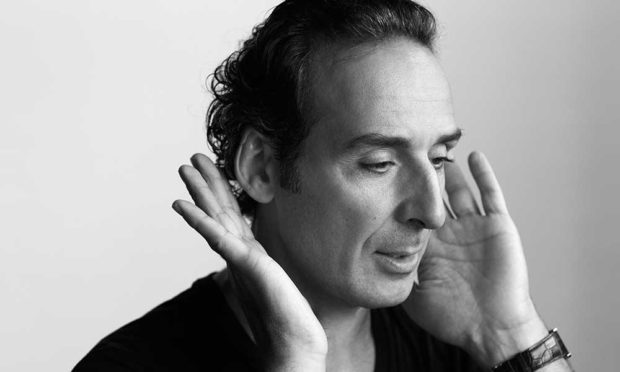
Ruminations on Literature and Alexandre Desplat’s chamber opera, En Silence
After having effectively introduced the French song “À la claire fontaine” in the Chinese setting of The Painted Veil, it shouldn’t be surprising that renowned film composer Alexandre Desplat has rendered a Japanese short story into a French chamber opera. Entitled En Silence, it’s a masterful evocation of very subtle hues of different kinds of silences between the three main characters. Desplat’s canvas are the spaces between them, their intersecting points, and their increasingly diverging paths. No stranger to portraying tension between characters and their inner dramas in music, Desplat has explored these themes in over 150 films, such as Lust, Caution (set in Japan), or Benjamin Button. His music also explored Wes Anderson’s quirky Japan in The Isle of Dogs. In fact, instead of attending the Academy Awards as a nominee of Best Film Composer for The Isle of Dogs, Desplat chose to be present in Luxembourg where his latest Chamber Opera, En Silence, was premiered to an appreciative audience at the Grand Theatre du Luxembourg on 26 and 27 February, 2019.
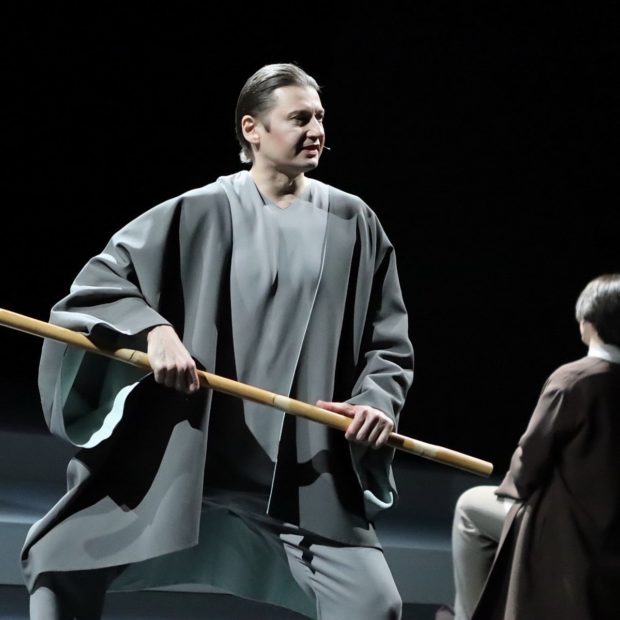
Based on Japanese writer Yasunari Kawabata’s short story, Silence (first published in 1958), this opera has three acts, along with three major characters. According to the composer, “the musical ensemble is also fashioned around the number three.” The mysterious isolated figure of the old author, wandering in a maze of his thoughts and memories, is at the centre of the story, though he remains mute and immobile. A younger writer visits the older one and is greeted by his daughter, who invites their guest to stay for dinner. Both the guest and the daughter project their own fantasies onto the older author. The efforts of another younger writer to revive his older idol take the singers to various registers of compressed intensity. As the younger writer leaves in a taxi, he meets the ghost about whom the driver had warned him on the way over there.
Whose ghost is this? This is just one of the questions the audience is left asking itself in this surreal text. The libretto in French for Silence was derived by Kawabata’s short story of the same name by Desplat and his wife, Solrey. While in many operas, at some peak points the singers go very high with the orchestra blasting at full speed, this is not the case with Desplat’s tunes. By compressing the simmering emotions of the main characters, he manages to insert different layers by concentrating on these moments.
This chamber opera lends itself to various interpretations. The fragmented nature of the story is united by an undercurrent of a harmony, though various instruments sometimes intervene to break up the momentum. Though they serve to vary the pace, they do so without jarring one’s senses, or crudely intruding on the overall tones. For example, some isolated percussive notes, beaten irregularly, could signify the thoughts of the mute writer falling like soft snowy pellets on the wintry landscape of his slowly freezing mind.
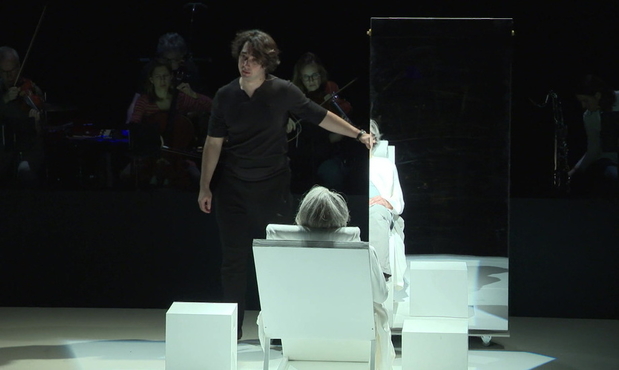
In interviews, Desplat has mentioned how he’s had difficulties with his vocal chords, and so was able to relate somewhat to the theme of silence in this chamber opera. It’s rare for the theme of silence to be explored via the arts, as they are mainly a means of expression, and most successful artists are rarely silent types in their life-times. For example, the poet Ted Hughes may have been vocal in his life-time, but Sylvia Plath’s poems have silently overtaken his after her early death.
Similarly, though Elizabeth Bishop’s poems were less appreciated in her life-time, now Robert Lowell’s poems are yielding their prominence to hers after his death. The poems speak for themselves, without Lowell’s personality fueling their popularity. Emily Dickinson became increasingly reclusive towards the end of her life, but her poems speak to millions now. As are those of Keats, thought he was convinced that his name would be “writ on water”. In fact, the story of En Silence is about a young writer searching to connect with an older, more established one: a theme which is explored obliquely in the 2018 film adaptation of Henry James’s The Aspern Papers.
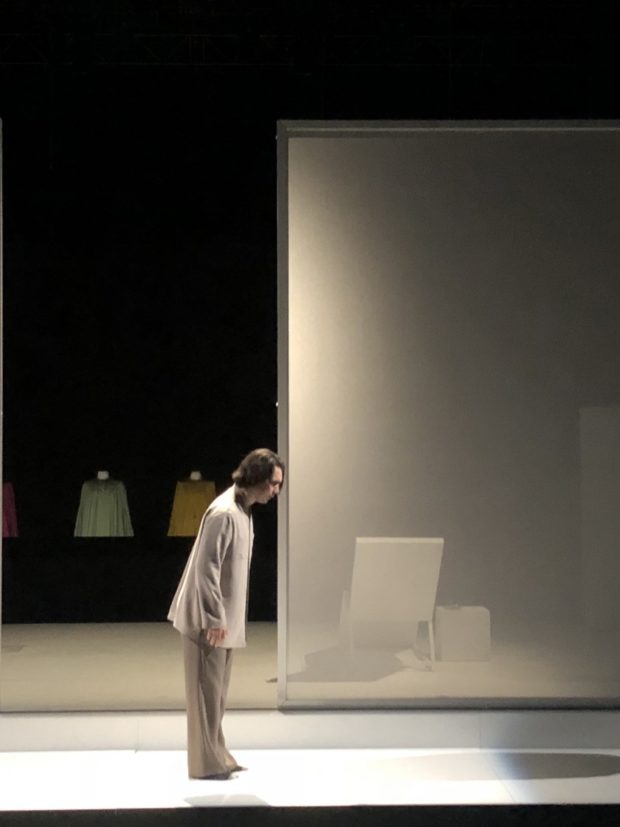
While it’s ironic to explore different shades of silence via an opera, Alexandre Desplat manages to do so quite poetically with his unique and subtle touch. Great opera composers such as Wagner, Mozart, or Berlioz had quite dramatic lives, with temperaments to match. While they covered a range of emotions and situations in their iconic works, rarely has a composer sought to explore the theme of silence through an opera.
Quite a few composers have attempted to recreate a contemplative or mood through which one can seek solace or relief in a quiet soundscape. But is such a thing really possible?
While Beethoven’s Moonlight Sonata (Beethoven originally called it, Sonata in the Manner of a Fantasia) has its own grave, if not a silver grey beauty, one flows down a path that one can sense unfolding. However, Desplat’s tones rarely flow on predictable lines. Though composed in a different era, Beethoven’s Silence seems to have been written with a heavy hand, which is not the case with the new chamber opera, En Silence.
Though parts of En Silence have enough pathos (as in the feelings evoked by Saint-Saens’s The Swan), Desplat’s tunes don’t lean too obviously towards the weeping willows of the Romantics. Neither does it have the impending sense of doom as in the Finale of Tchaikovsky’s superb Swan Lake, even if the respective worlds of the three main characters in Desplat’s En Silence unravel in different ways.
Schubert’s Serenade has its own leisurely pace, but Desplat doesn’t allow this luxury to creep in his opera, nor in his own busy schedule. However, Desplat’s music tends to slow down when he does explore the calmness in the aphasic author’s mind, which seems to be breaking up even as we observe it through the clever use of notes. These are reminiscent of erasure poems done with the help of clever placements of certain notes without breaking up the rhythm. If searching for classical pieces on silence, one could come across Chopin’s Nocturne op.9 No.2. Yet, Desplat’s work in En Silence could be said to be a more modern version of Chopin’s evocative piece.
For example, Desplat has a lighter touch in places than that of Debussy’s thought-inducing Claire de Lune or Reverie with their deliberate notes. Perhaps with Debussy Prélude à l’après-midi d’un faune, one could begin to approach Desplat’s work, as he’s confessed his admiration for this piece of music in previous interviews. However, En Silence has an intensity that’s made more dense due to the fact that everything is compressed due to the short length of the chamber opera of about one and a quarter hour. The music is quite hypnotic in places, with a hint of rising, but controlled panic or even delirium, as the younger writer is unable to gain any reaction from the older, aphasic writer.
In En Silence, Desplat seems to be exploring the psychological landscape as much as the environment of the three main characters. Though he’s mentioned that the visual stimulus to be found in films is important for him, Desplat also composed a concert for an orchestra, entitled, Peleas and Melisandre in 2013.
In the introduction to the world premiere of En Silence, a brief overview was given of the Nobel Prize winner, Yasunari Kawabata’s life, wherein he lost most of his family at an early age, and thereafter seems to have explored the themes of mortality in most of his works. Though born almost a century before the Japanese writer, John Keats lost most of his family at an early age, and explored the themes of mortality and immortality in his poems.
While meditating on silence, one can’t help thinking of Keats’s famous Ode on a Grecian Urn, in which he speaks of the urn as being the, “foster-child of silence and slow time”. In Yasunari Kawabata’s En Silence, it’s the old writer who plays this role of being the agent provocateur, though he’s mute, unable to move like the urn. The young writer, Mita, is able to project his own desires of obtaining a reaction from his idol, bordering on hysteria as compared to the more venerable, immobile writer. The urn caused Keats to explore ideas of the stone’s immortality and human death. Both Mita, in En Silence, and Keats are able to project their own ideas and questions on two different immobile figures. Like the old author in Kawabata’s story, Keats led a post-humous existence in Rome before dying there at the age of 25 in 1821. Also mentioned in “Ode on a Grecian Urn” are unheard melodies, and ‘spirit ditties.’ In Desplat’s evocative opera, one can imagine the melodies heard only by the old man, and not the rest of us. Desplat leaves a breathing, imaginative space for his audience to weave their own interpretations through it.
Keats says of the urn, “Thou, silent form, dost tease us out of thought / As doth eternity”: However, the old man serves this function in the opera as not only the young writer, Mita, but also his daughter, Tomiko, as well as the audience can project their own fantasies on the silent, aphasic man. While listening to the phantom violin, Keats line of ‘spirit ditties’ come to mind. The haunting tunes associated with the ghost who appears in the tunnel on the way to the old writer’s home add a lot to creating the atmosphere. Is the ghost the old writer’s muse searching for a new writer?

According to an article by Dana Stevens in Slate, Desplat is “a self-described synesthete who strongly associates music with color”. Therefore, one was intrigued to see that the musicians of United Instruments of Lucilin of Luxembourg were dressed in different colours. Perhaps these colours had a particular significance for the composer. Needless to add, it’s supposed that Keats was a synesthete too. While he wrote in classical form, his works often have surreal elements in them. Desplat’s strong classical training comes through as the backbone of his work though, in the case of this opera, he uses various techniques of super-positioning, counterpoint, and contrast at unexpected moments to create a multi-layered canvas of sound with varying degrees of density, as well as transparency.
The three vocalists, Sava Lolov, Mikhail Timoshenko (bass-baritone), and Camille Poul (soprano) rose to the occasion of managing the complex demands of their roles. The surreal nature of the story was captured through a minimalist decor, augmented by dreamlike images in videos, as well as a painting that was created live onstage. At the same time, the music of the opera is so atmospheric and evocative that one can’t help wondering how it would be interpreted on a Japanese stage? Perhaps the surreal dance moves of a Japanese performer would augment the unreal experience of the characters.
Though Yasunari Kawabata was appointed an Officer of the Order of Arts and Letters of France in 1960, could he have imagined that one of his short stories would be interpreted into a French chamber opera one day? A subtle and thoughtfully written piece of music that can leave one questioning about the nature of silence itself? It shouldn’t be surprising to learn that Desplat received the French Legion of Honour award in 2011, and was named Commander of the Order of Arts and Letters in 2016. Interested musicologists will continue to discover many new ways and facets of writing music in Desplat’s oeuvre.
Note: En Silence was also presented at the Theatres des Bouffes du Nord, Paris on the 2nd and 3rd of March 2019. Possibly it could be staged in Japan in the future.
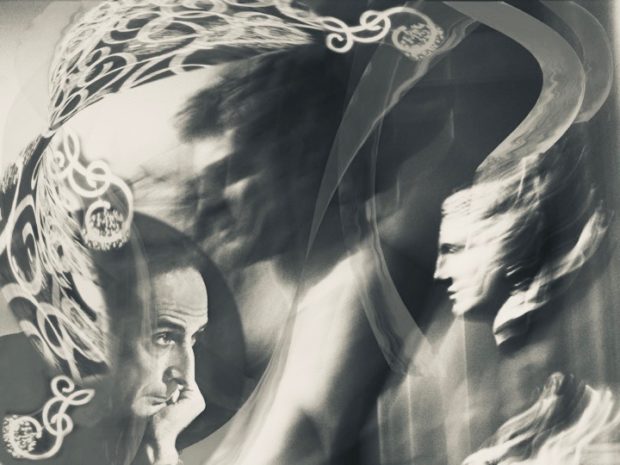
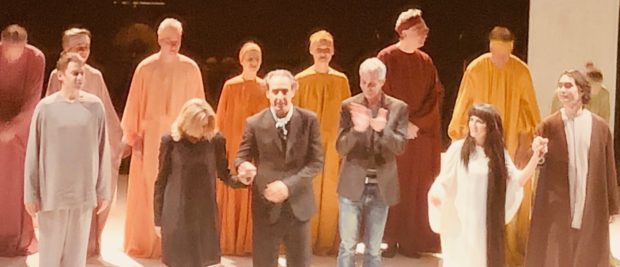

Sultana Raza
Sultana Raza’s numerous articles (on art, film, and humanitarian issues) have appeared in English and French. An independent scholar, she has presented papers on Keats and Tolkien in various international conferences in the UK, USA, and Europe. Her fiction has received an Honorable Mention in Glimmer Train Review. She has also published fiction in Coldnoon Journal, Szirine, apertura, and ensemble (in French). Her poems have appeared in 30+ Journals, including Caduceus, Columbia Journal, and The New Verse News.




